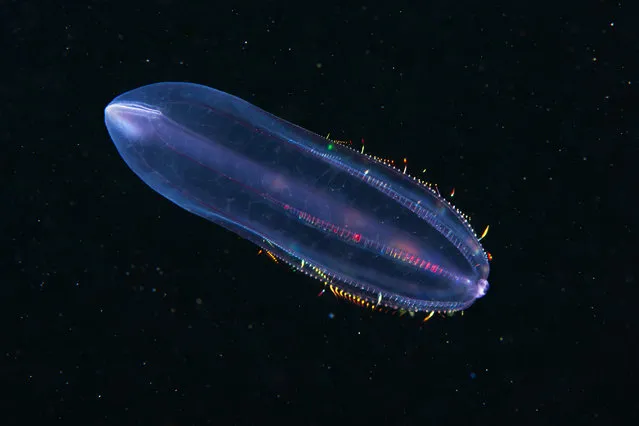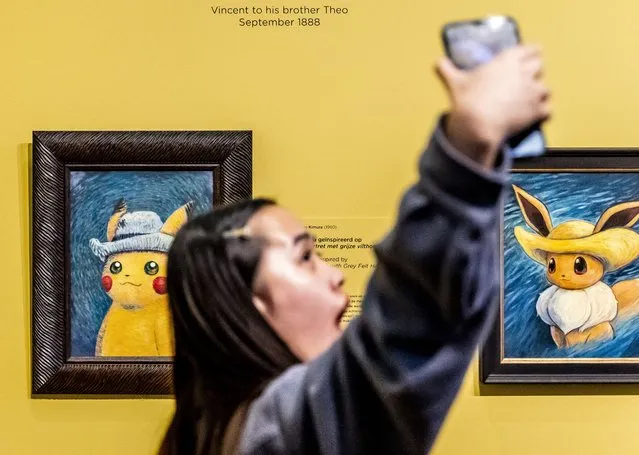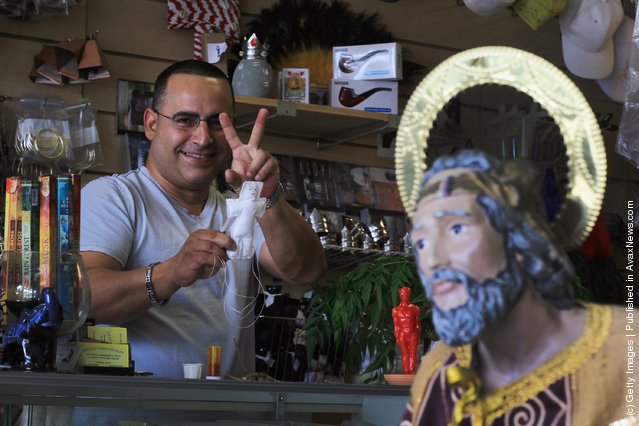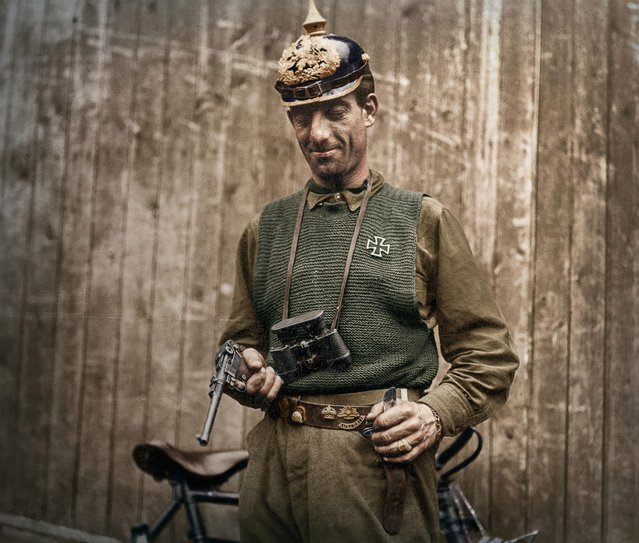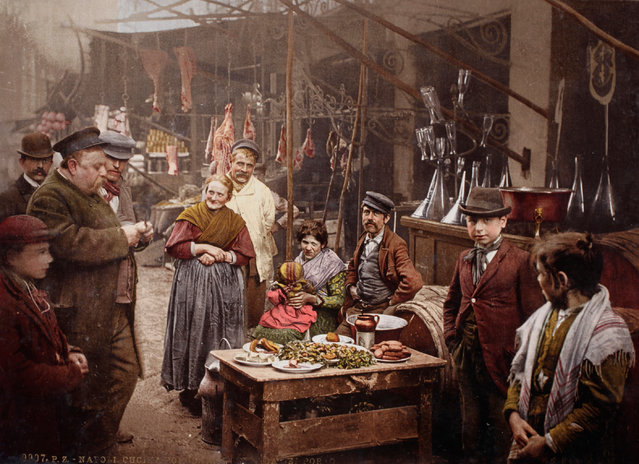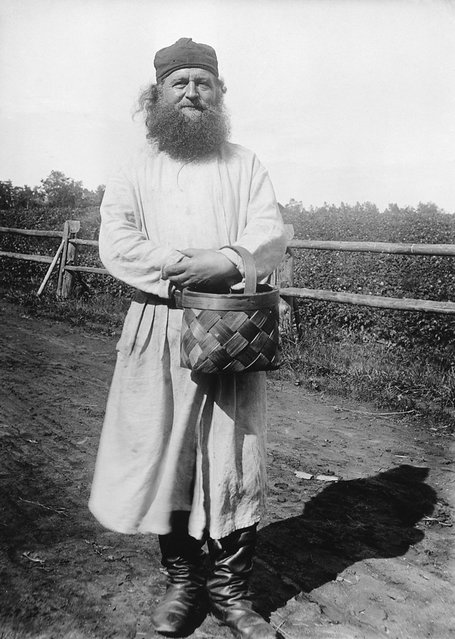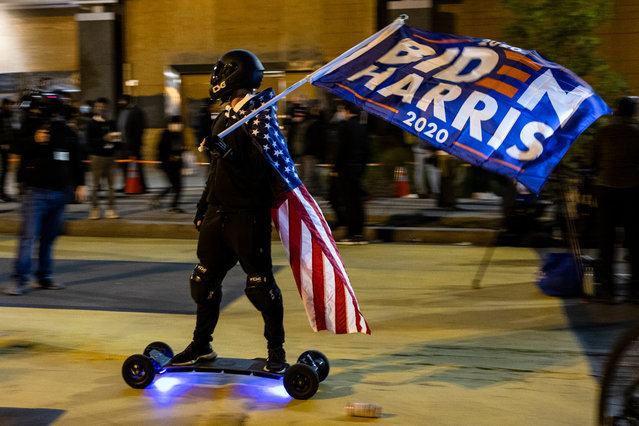
A man with an American flag on his back and a Biden/Harris campaign flag rides an electronic skateboard through Black Lives Matter Plaza in front of the White House on Election Day, November 3, 2020 in Washington, DC. This year's historic presidential election between President Donald Trump, the incumbent, and Democratic nominee Joe Biden begins to come to a close even though final results are not expected for days to come as states take longer to count historic levels of mail-in ballots. (Photo by Samuel Corum/Getty Images)
09 Nov 2020 00:05:00,post received
0 comments

